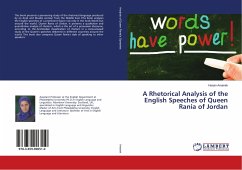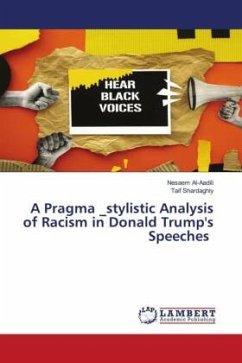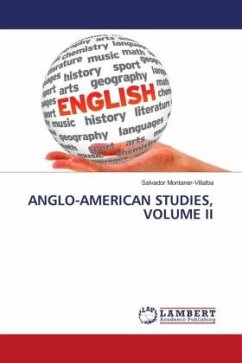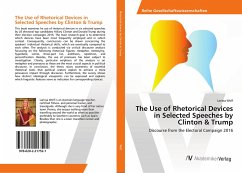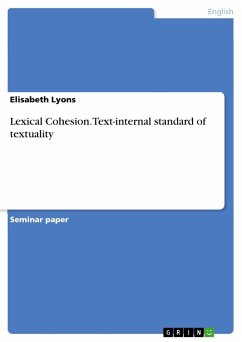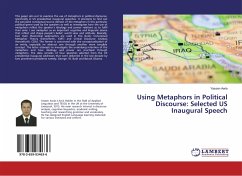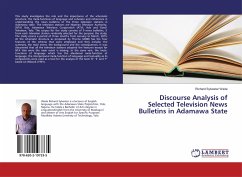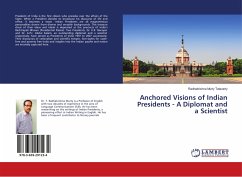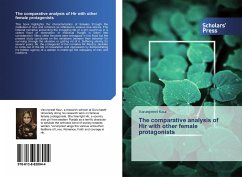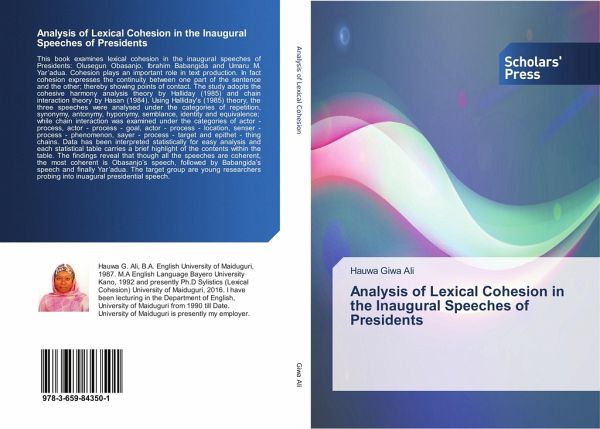
Analysis of Lexical Cohesion in the Inaugural Speeches of Presidents
Versandkostenfrei!
Versandfertig in 6-10 Tagen
52,99 €
inkl. MwSt.

PAYBACK Punkte
26 °P sammeln!
This book examines lexical cohesion in the inaugural speeches of Presidents: Olusegun Obasanjo, Ibrahim Babangida and Umaru M. Yar'adua. Cohesion plays an important role in text production. In fact cohesion expresses the continuity between one part of the sentence and the other; thereby showing points of contact. The study adopts the cohesive harmony analysis theory by Halliday (1985) and chain interaction theory by Hasan (1984). Using Halliday's (1985) theory, the three speeches were analysed under the categories of repetition, synonymy, antonymy, hyponymy, semblance, identity and equivalence...
This book examines lexical cohesion in the inaugural speeches of Presidents: Olusegun Obasanjo, Ibrahim Babangida and Umaru M. Yar'adua. Cohesion plays an important role in text production. In fact cohesion expresses the continuity between one part of the sentence and the other; thereby showing points of contact. The study adopts the cohesive harmony analysis theory by Halliday (1985) and chain interaction theory by Hasan (1984). Using Halliday's (1985) theory, the three speeches were analysed under the categories of repetition, synonymy, antonymy, hyponymy, semblance, identity and equivalence; while chain interaction was examined under the categories of actor - process, actor - process - goal, actor - process - location, senser - process - phenomenon, sayer - process - target and epithet - thing chains. Data has been interpreted statistically for easy analysis and each statistical table carries a brief highlight of the contents within the table. The findings reveal that though all the speeches are coherent, the most coherent is Obasanjo's speech, followed by Babangida's speech and finally Yar'adua. The target group are young researchers probing into inuagural presidential speech.



